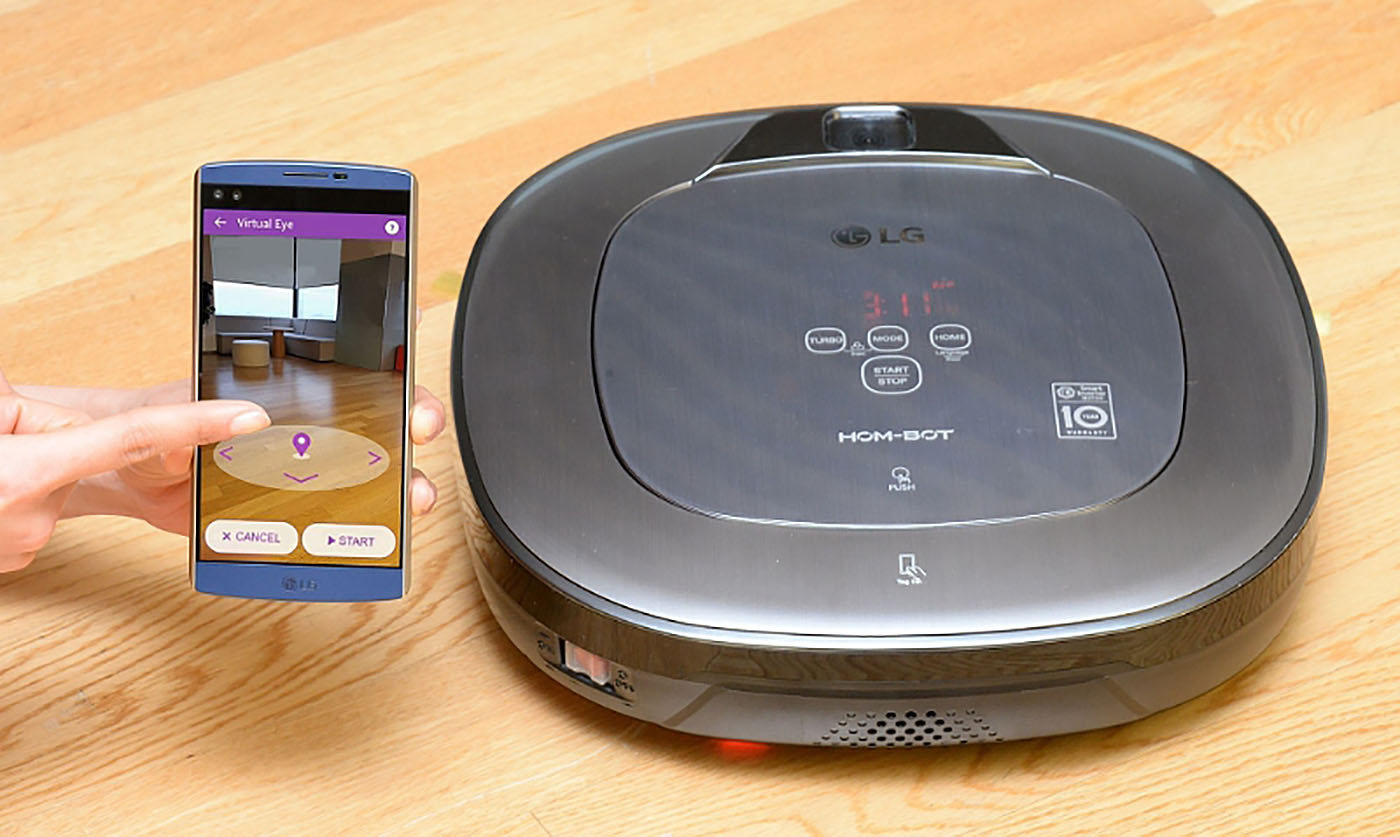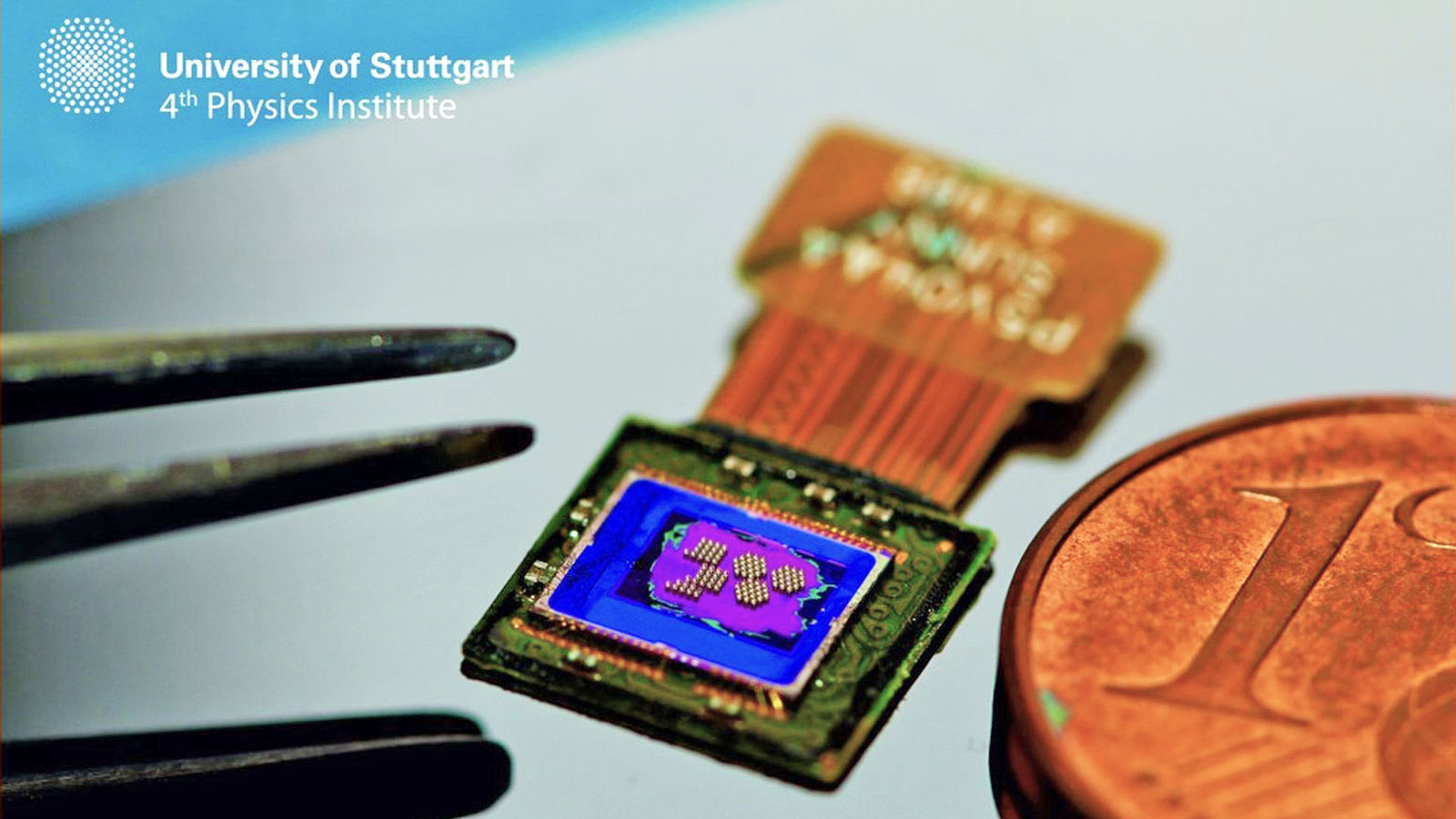
أمر غريب ؟ من كان يتوقع أن نيوزلندا ستصبح يوما من الأيام أرض للوطن التقني وتقدم الهيكل الآلي Rex والذي يدعم جسم الأنسان بالكامل ويمكنه أستحمال الوزن والتحكم به عبر عصا التحكم وهذه الآله مفيده جدا للمعاقين وبأمكانهم الأستغناء حتى عن الكرسي المتحرك .الخبر الجيّد هنا أنها ستكون متوفره هذه السنه الخبر السيء أنها ستكلفك 150 ألف دولار أمريكي
فيديوين بالداخل
World First Robotic Legs Provide NEW Option for Wheelchair Users
When Hayden Allen was spinal cord injured five years ago he became a full time wheelchair user and doctors told him he’d never walk again. Today a revolutionary product developed by Auckland-based company Rex Bionics has enabled Hayden to walk again.
Hayden has been one of the first people in the world to use Rex, the Robotic Exoskeleton, which is most easily described as a pair of robotic legs that supports and assists a person who usually uses a wheelchair, enabling the person to stand, walk and go up and down steps and slopes.
“I’ll never forget what it was like to see my feet walking under me the first time I used Rex,” says Hayden, who is 6’4″ (193cm) tall when standing. “People say to me, ‘look up when you’re walking’ but I just can’t stop staring down at my feet moving.”
Being up out of his chair and on his feet again allows Hayden many more options on a day to day basis, increasing opportunities for employment and recreational activities by providing access for him independently to go places previously inaccessible to him. For example – up stairs!
Rex users self-transfer from their wheelchair into Rex, strap themselves in and control their movements using a joystick and control pad. REX is powered by a lightweight, long life rechargeable battery. Rex is the brainchild of two childhood friends, Richard Little and Robert Irving – co-founders of Rex Bionics. “Both of our mothers are in wheelchairs so we are aware of some of the obstacles and access issues faced by many wheelchair users,” says Richard.
Robert’s Multiple Sclerosis diagnosis seven years ago was the catalyst for these men to put their engineering skills to use to develop a practical, standing and walking alternative to wheel chairs.
The founders are quick to point out that Rex is not a replacement for a wheelchair, but a complement that offers a range of options not currently available anywhere else in the world. It is potentially suitable for manual wheelchair users who can self-transfer and operate hand controls.
Dr Richard Roxburgh, Auckland neurologist and Medical Adviser to the Muscular Dystrophy Association says, “For many of my patients Rex represents the first time they’ve been able to stand up and walk for years. There are obvious immediate benefits in terms of mobility, improved social interaction and self-image. There are also likely to be major long term health and quality of life benefits through reducing the complications of being in a wheelchair all the time. I think that this will also enable people to stay well longer; this means that those who have conditions where disease modifying treatments are coming over the next five to ten years, will be in better shape when those treatments finally arrive.”
Each Rex is built onsite at the Rex Bionics’ Auckland plant. It has been designed to be practical, lightweight, portable, safe and simple to use and sufficiently powered for a typical day of use. Potential customers must complete a medical appraisal including checks with their own physician to ensure their general health and suitability before they can begin the process of fitting and training. This process typically takes around two weeks with Rex Bionics’ team of technicians, based at the Rex Centre in Auckland.
Rex has undergone thorough testing during its seven year development including engineering validation and clinical trials, with the approval of the New Zealand Ethics Committee, in conjunction with disability and rehabilitation advisors.
Rex is expected to cost about US$150,000. The decision to purchase Rex will be a very individual assessment of what Rex allows you to do. The benefits can be social, for the work place, for home and health related.
Rex will soon be available for purchase in New Zealand, where the price will be a bit lower since it will be easier to supply and support close to the company’s home base on Auckland’s North Shore.
CEO of Rex Bionics, Jenny Morel, says they expect to conclude internal testing of Rex shortly and will then have a preliminary release in Auckland to allow the company to track what happens when people take Rex home. Sales are expected to commence in New Zealand by the end of 2010 and elsewhere in the world by the middle of 2011.
Rex has been developed with the support of TechNZ and venture capital company, No 8 Ventures.




السلام عليكم
اولا انا مقعد يعني اكتر شخص جدير بمناقشة الامر
هده الالة ادا كانت اصرع من كدا يعني علا الاقل 5 كيلو متر في الساعة وشحنها يدوم على الاقل 30ساعة فهيا رخيسة حتا ب 500 الف دولار يعني نصف مليون دولار مو غالي عليه لكن يجب ان يراعو جنبان اضافيان الاول الماء ان تكون مضاضة للماء تانيا الاستخدام في الحمام اجلكم الله هده الامور مهمة للاستخدام اليومي
اما عن الحجم فهوا كبير نوعا ما خصوصن لمن سيستعملها حتا معا الركوب في السيارة لانه ليس من المعقول ان البسها واخلعها 90 مرة في اليوم لادخل السيارة
اما من يقول العملية فليس كل الحلات لها عملية متل حالتي ونسبت الجاح لا تتجوز 10 /100
انتم تقلون الايفون تمنه مقبول ب 400 دولار رغم انه لن ينقلك من مكانك ولا سنتميتر وليس باهميت هدا الجهاز هدا الجهاز مقارنة بالايفون رخيس بل بخس التمن
للمعلمات انا لا اغدر البيت الا مرة في كل 6 اشهر بسبب الدرج وهدا الجهاز قد يكون الامل …
لماذا لا يضعون عجلات بالأسفل لكي يتحرك أسرع؟
والله يعتبر بطيئ 🙁
لكن الأسم ذكرني بـ MGS ههههه
أنها ستكلفك 150 ألف دولار أمريكي اعتقد انها غاليه جدا هل هي تطير :evilgrin:
بداية الخير قطرة 🙂
عملي جدا لكن ايضا بطيء جدا
العملية ارخص بكتيير
إذا كانت هذي سرعته فهو جداً بطيء